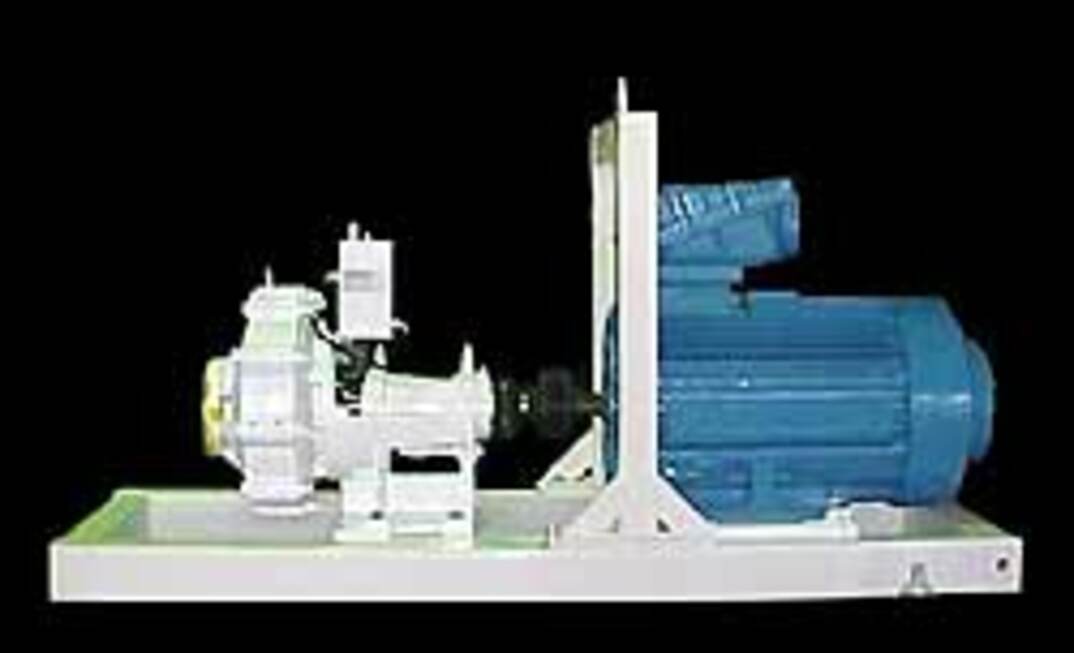During March this year Felix Resources’ Ashton longwall, located 14km northwest of Singleton in New South Wales' Hunter Valley, was looking at increasing ventilation to the maingate travel roadway inbye of the active longwall face.
Available to the mine was the traditional drilling method where a series of large holes would be drilled from the surface, which would require large quantities of water to flush cuttings into the underground for disposal. The traditional method also would involve interaction with the underground as soon as the first pilot hole was completed – thereby increasing risk in exposure time.
The auger idea was first proposed by personnel of another underground mine who had experience with the method. They had used an auger to undertake pre-collaring and casing installation on a deep, large diameter hole and had been impressed by the efficiency and cost-effectiveness of the operation.
The use of the auger was investigated at the Ashton hole, which was relatively shallow for an underground operation, creating opportunity to utilise a different technology.
A risk assessment was carried out with senior personnel from both Ashton and the driller Advanced Foundation Solutions (AFS), as well as supervisory staff, operators and underground personnel. Ashton project geologist Paul Gresham said where procedures were not in place for identified risk scenarios there was one developed or work practices were altered to eliminate the risk.
Gresham said the major advantages of the auger hole compared to traditional methods were the disposal of waste on the surface and the isolation from the underground workings until the hole was in close proximity to break through – about 5m. The auger hole also offered great cost advantages.
“The major disadvantages were using an untried method for this type of operation; [the] only previous experience with intersecting a void was on the Lane Cove Tunnel, at relatively shallow depths," Gresham said.
“Also the use of the Kelly extension significantly slowed the penetration rate as it needed to be added and removed with each half-metre drilling cycle."
With the pros and cons weighed up and risk management in place, Ashton and AFS prepared the site during the week of March 5. The rig was mobilised by AFS and transported via low loader from Sydney, arriving March 12.
The next day the surface casing was installed – 12m at a 1.5m diameter – and the cement was grouted into place with 1.8m above ground as a safety precaution.
The hole was then drilled using a “bucket” type bit to the limit of the rig's extendable Kelly rod at 48m. When the hole reached the limits of the rig, a purpose-built 9m Kelly extension was built to complete the hole.
While hitting an excessively hard mineral band was a risk for the project, only two thin harder bands were intersected during drilling which required the use of a core barrel to obtain penetration.
During drilling an onsite surface supervisor maintained telephone contact with underground personnel to mitigate the risk of surface to underground interaction issues.
The drilling took seven days. At the end a 12m hole at 1.5m diameter was drilled with steel surface casing and then a 1050mm hole was drilled to intersect a depth of 55m.
“The hole intersected the designated roadway with less then 100mm deviation, a 'snorkel' was manufactured by AFS and installed immediately after completion – safety fencing and lightning protection completed the project which has been operating successfully ever since," Gresham said.
The hole has enabled about 8 cubic metres per second of intake ventilation of the maingate travel roadway (5.5m wide) inbye of the active longwall face. Gresham added alternative ventilation systems would have involved blower fans and layflat ducting to ventilate the roadway until the next longwall panel holed into the maingate travel road.
He said Ashton would "certainly investigate" using the method again if it was applicable.
He said he would recommend the method to other operations, especially those intersecting existing workings at a relatively shallow depth.
AFS said there were Kelly rods available for the rig that will extend the depth capacity to more than 100m without requiring a Kelly extension.
























